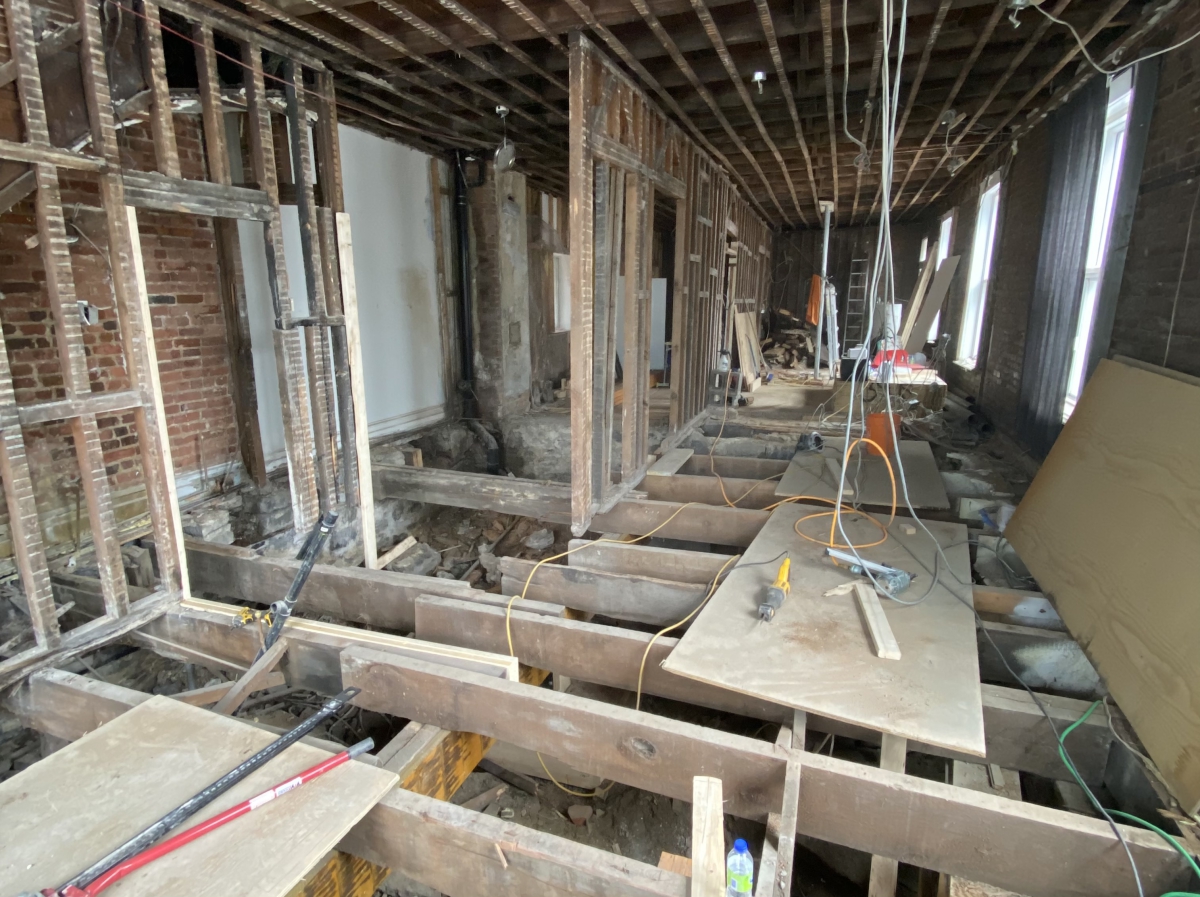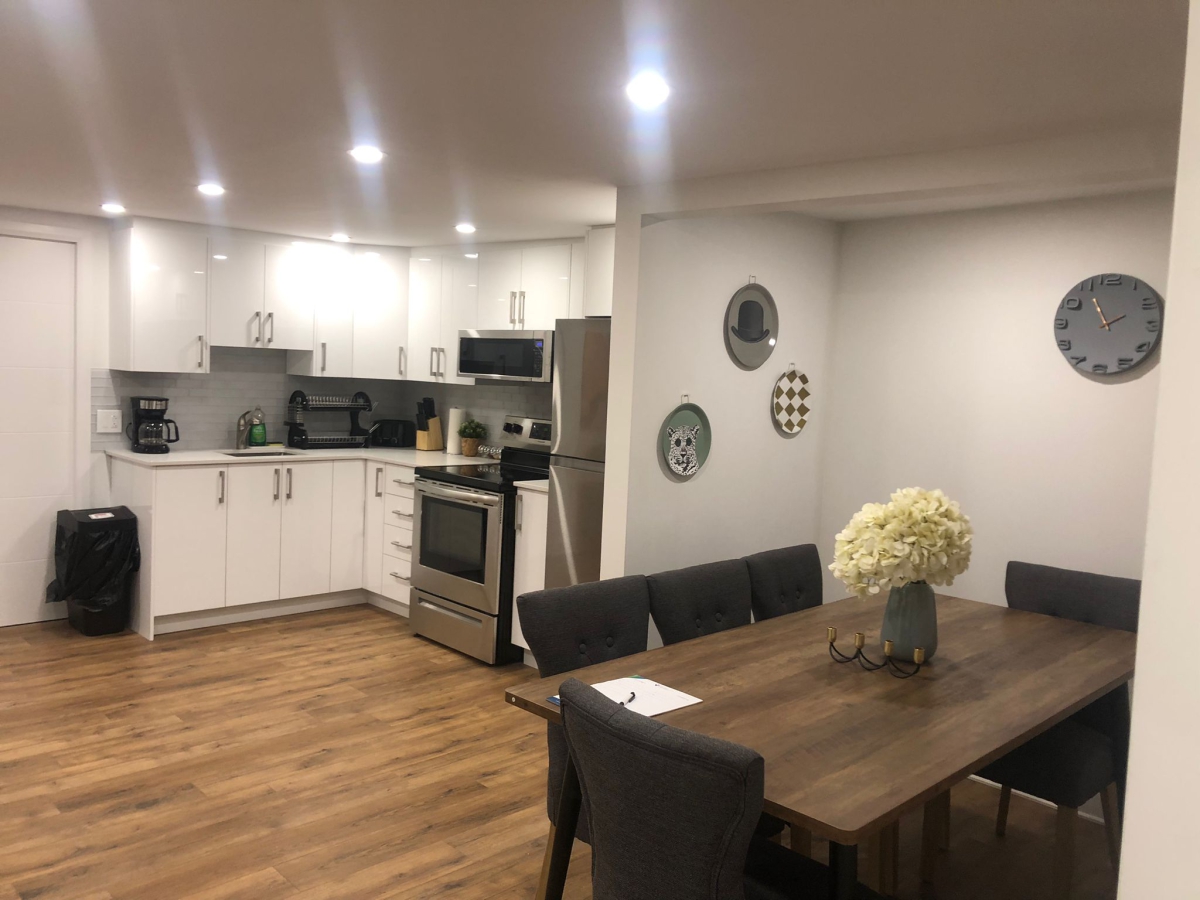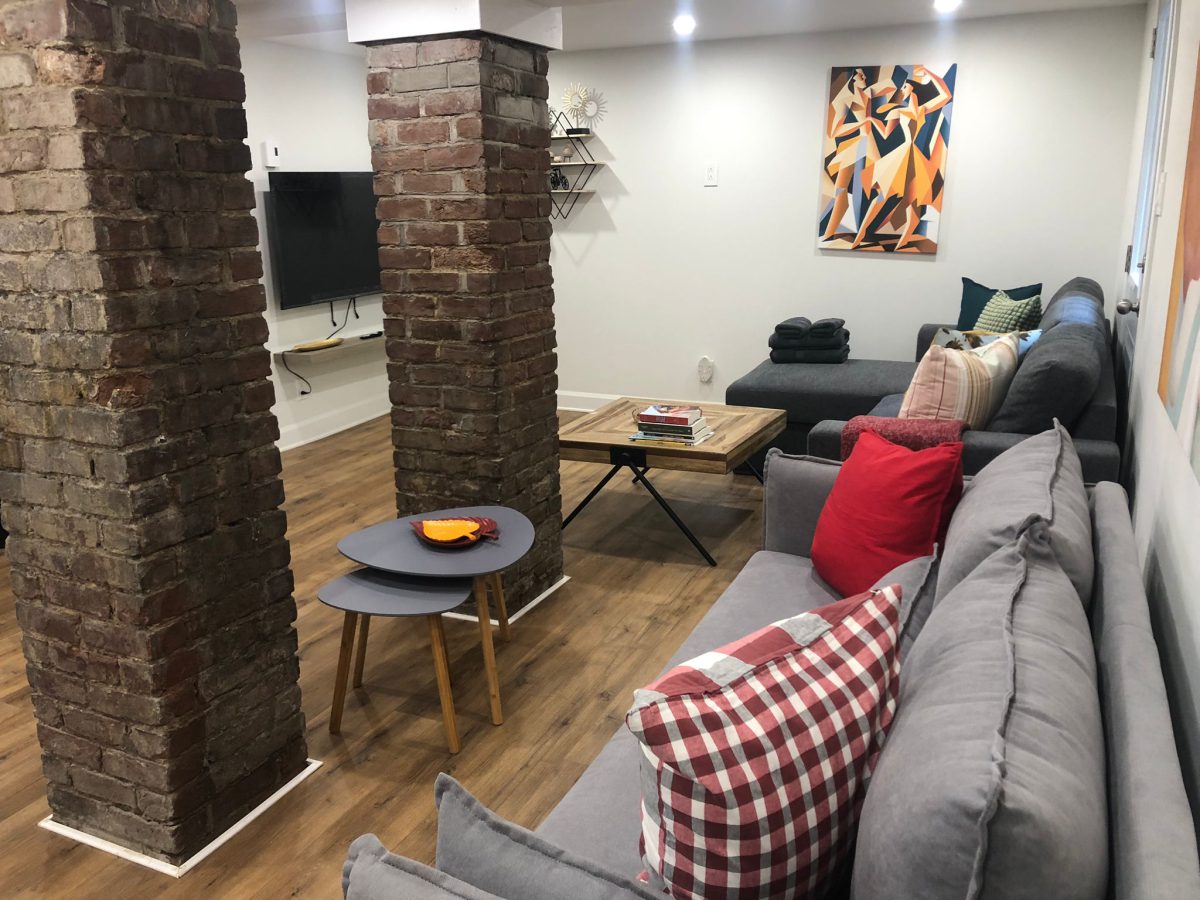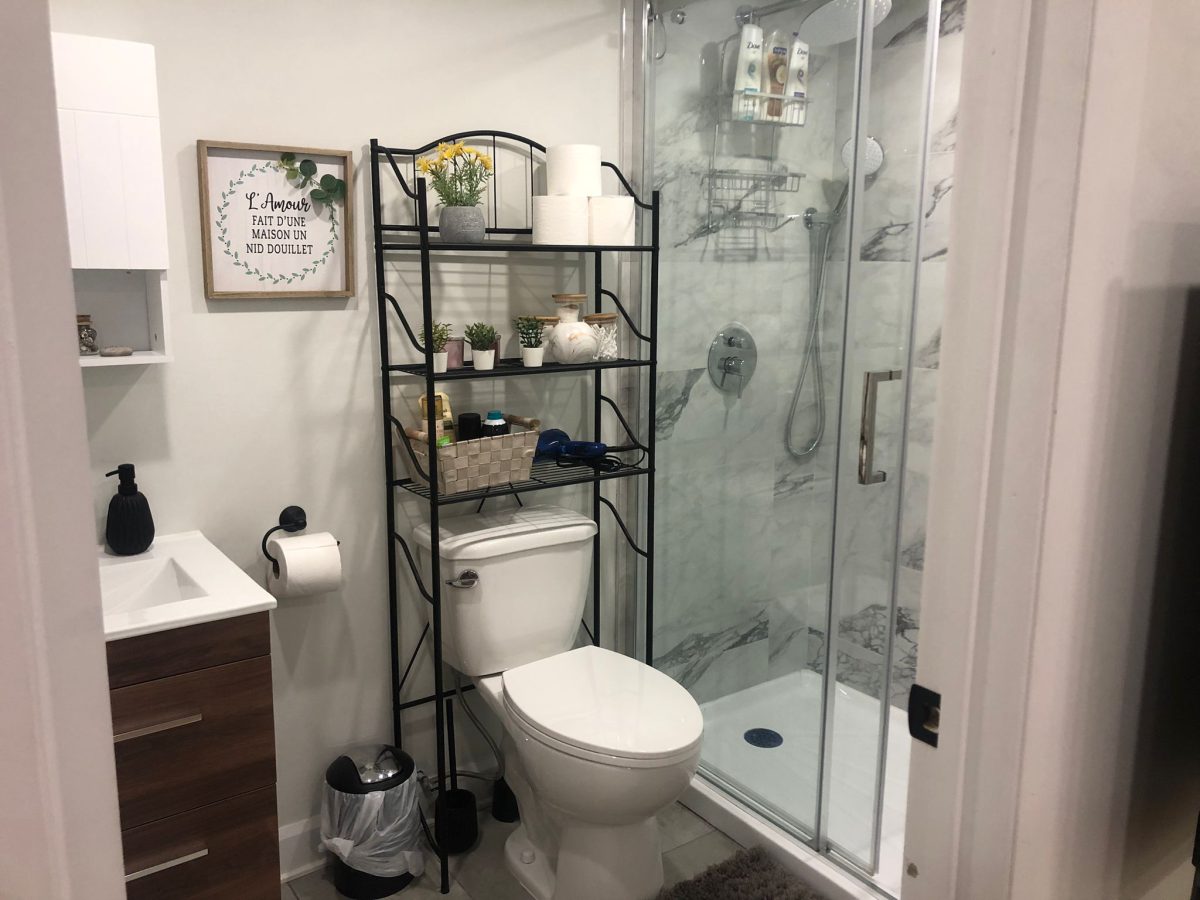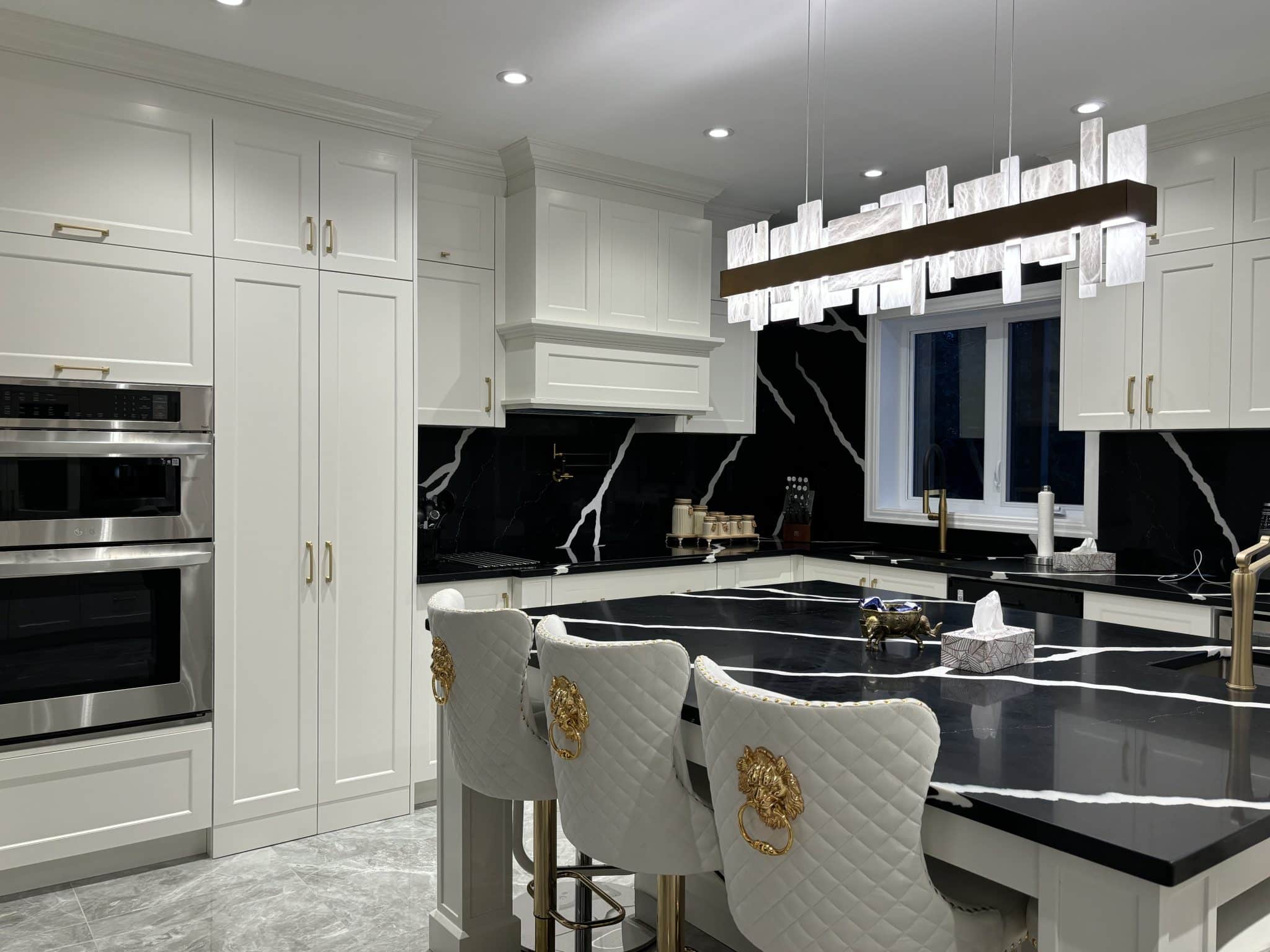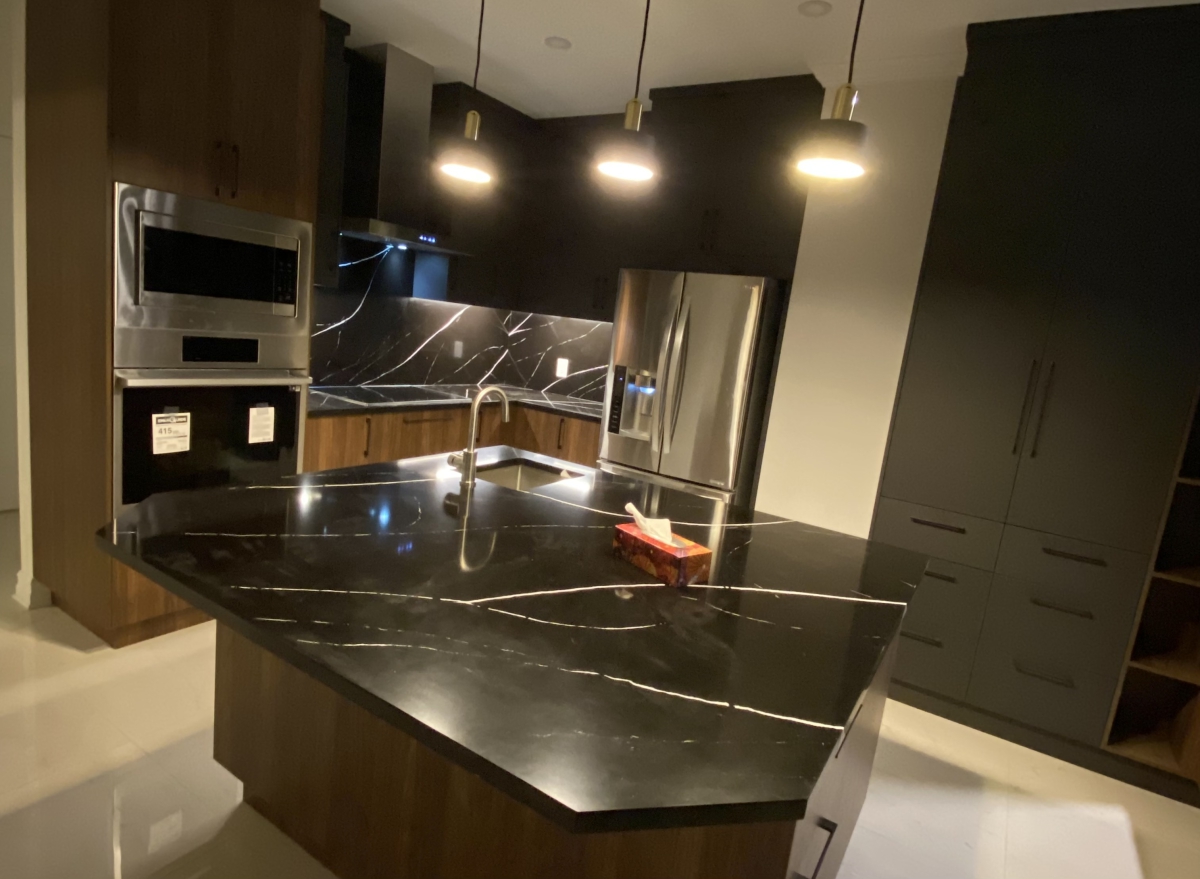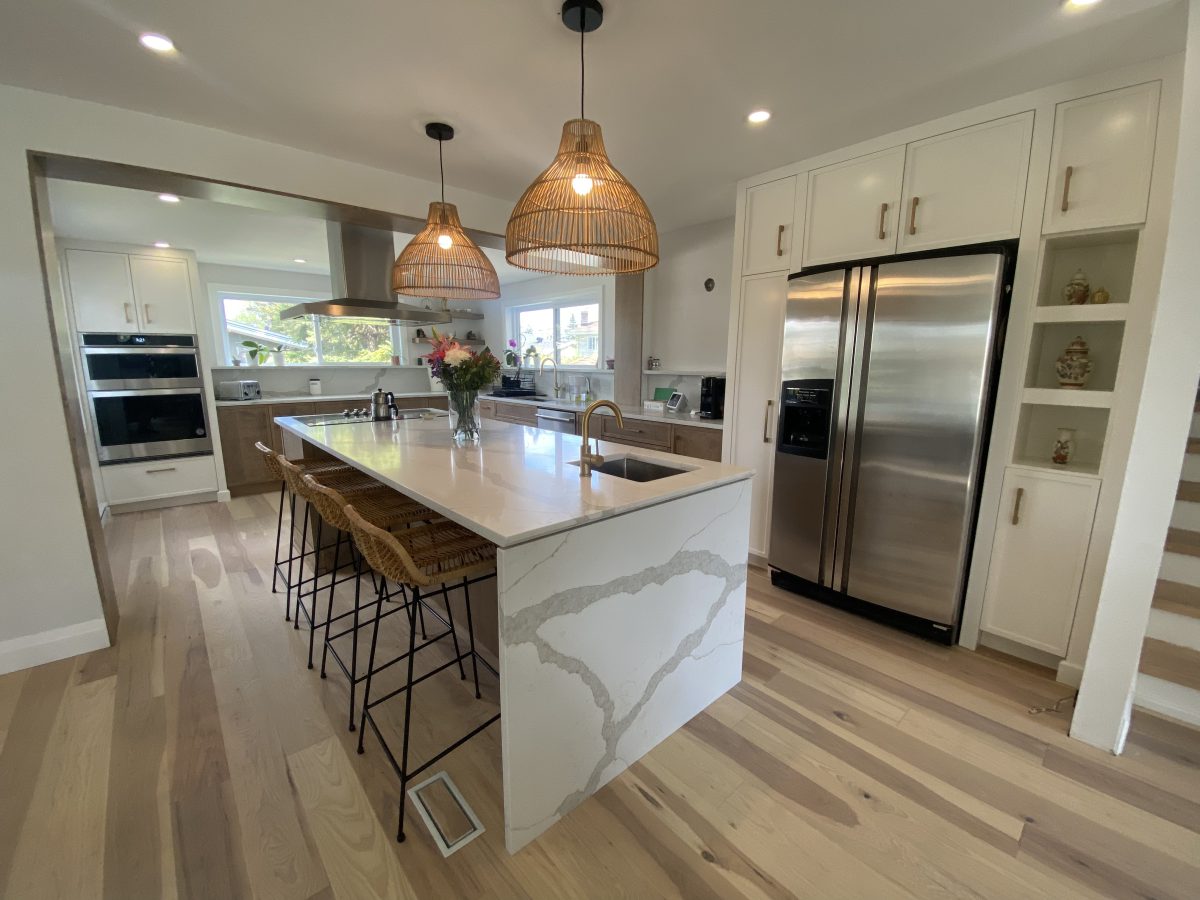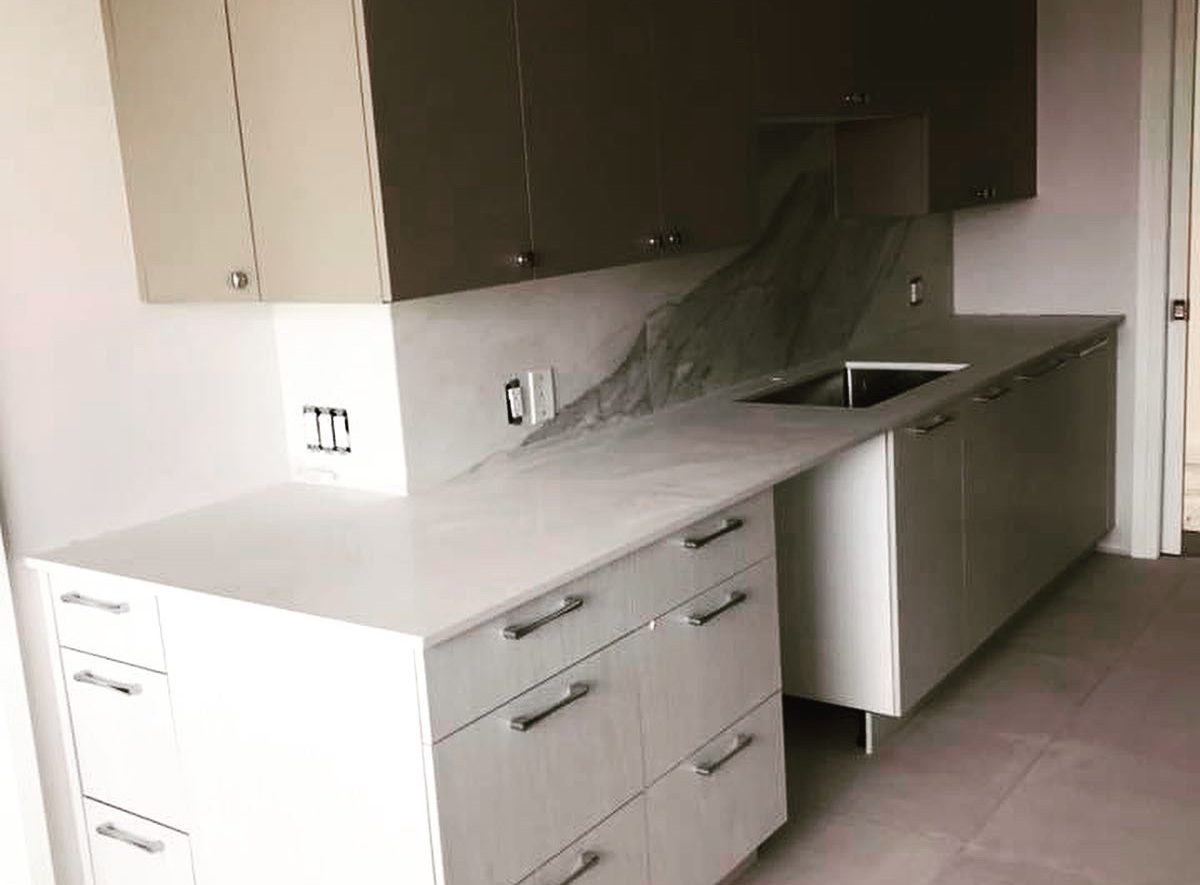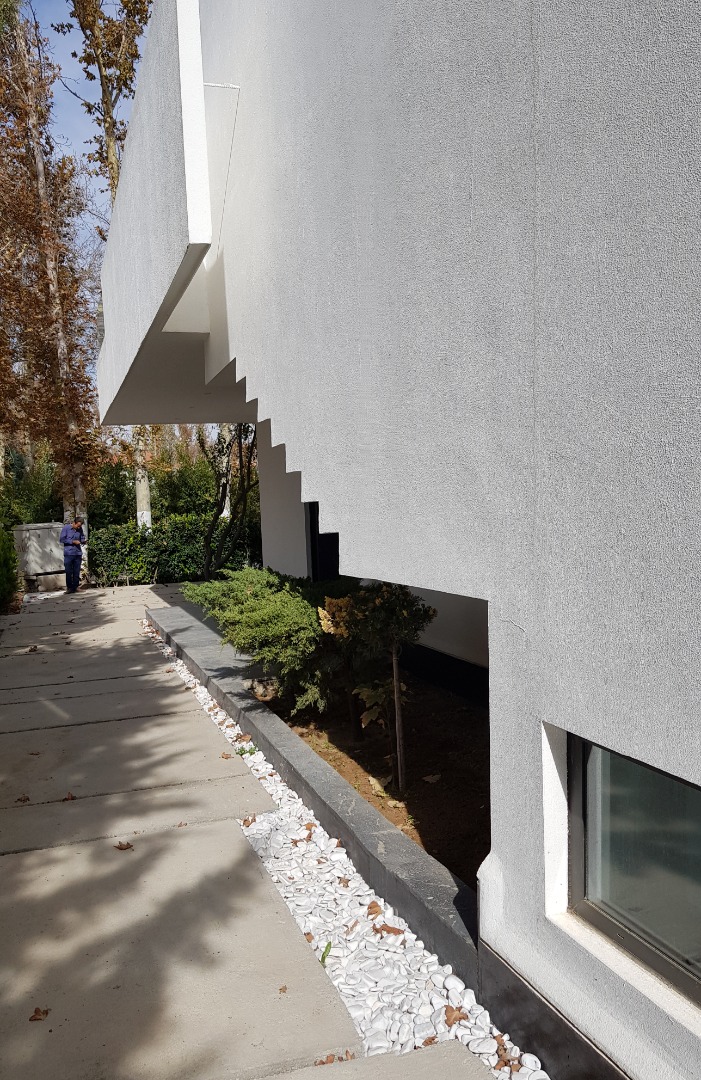Project Description
Undertaking a renovation in the oldest part of Montreal, where historical charm meets structural challenges, requires a delicate balance of preserving heritage and implementing necessary repairs. Imagine a scenario where the renovation task involves extensive structural repairs, particularly focusing on the foundation and the first-floor structure, all while residents continue to occupy the second floor.
The first step in this ambitious undertaking is a thorough assessment of the building’s foundation and structural components. In the oldest part of Montreal, where time has left its mark on the architecture, ensuring the integrity of these foundational elements is paramount. The initial phase involves inspecting the foundation for any signs of deterioration, cracks, or settling. Structural engineers carefully examine the first-floor structure to identify weaknesses and determine the scope of repairs required.
Structural repair becomes the core focus of the renovation project, especially for the foundation and first floor. The challenges posed by historical buildings often include outdated construction methods and materials. The goal is to modernize and reinforce the structure without compromising its historical authenticity. This might involve shoring up the foundation, replacing compromised support beams, and strengthening load-bearing walls.
One significant challenge is executing these structural repairs while residents continue to inhabit the second floor. A detailed plan is devised to ensure minimal disruption to the occupants. Temporary supports may be installed to bear the load while repairs are underway. Clear communication with the residents is vital to managing expectations and addressing any concerns related to noise, dust, or temporary inconveniences.
In the oldest part of Montreal, where architectural heritage is cherished, a meticulous approach is taken to preserve and restore original elements. Skilled craftsmen may be employed to replicate historic details, such as moldings or trim, ensuring that the renovation maintains the character of the building. This harmonious blend of structural repair and preservation contributes to the overall authenticity of the renovation in this historically rich neighborhood.
The renovation process extends beyond structural repairs to address modern living standards. While focusing on the foundation and first floor, opportunities arise to enhance energy efficiency, plumbing, and electrical systems. Upgrades are strategically integrated to meet contemporary codes without compromising the building’s historical identity.
Throughout the renovation, the safety and well-being of the residents on the second floor are prioritized. Adequate measures are in place to safeguard against any potential hazards, and the construction team works diligently to minimize disturbances. Regular progress updates and clear communication channels ensure that residents are informed and reassured throughout the process.
Effective project management is essential to coordinate the various aspects of this complex renovation. Timelines are established to guide the phased approach to structural repair, ensuring that each component is addressed systematically. Collaboration between architects, engineers, and construction teams is crucial to overcoming challenges and adapting the plan as needed.
In conclusion, renovating a building in the oldest part of Montreal, with a focus on extensive structural repairs to the foundation and first floor while residents occupy the second floor, is a challenging yet rewarding endeavor. Balancing the preservation of historical elements with the need for modernization requires a skilled and nuanced approach. The result is not just a structurally sound building but a harmonious blend of the old and the new, respecting the heritage of the neighborhood while providing a secure and updated living space for its occupants.

